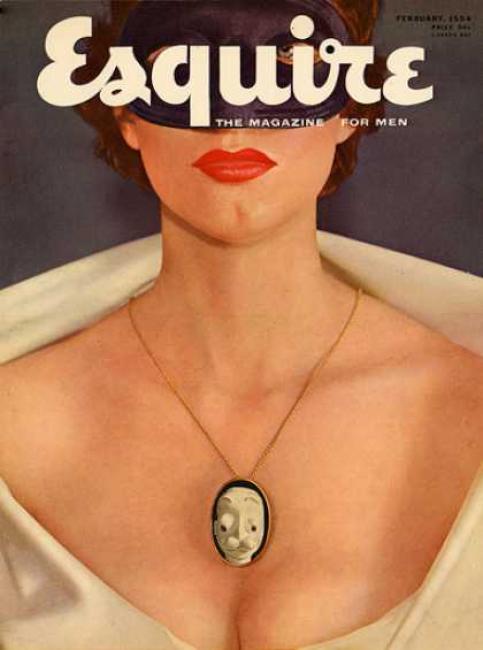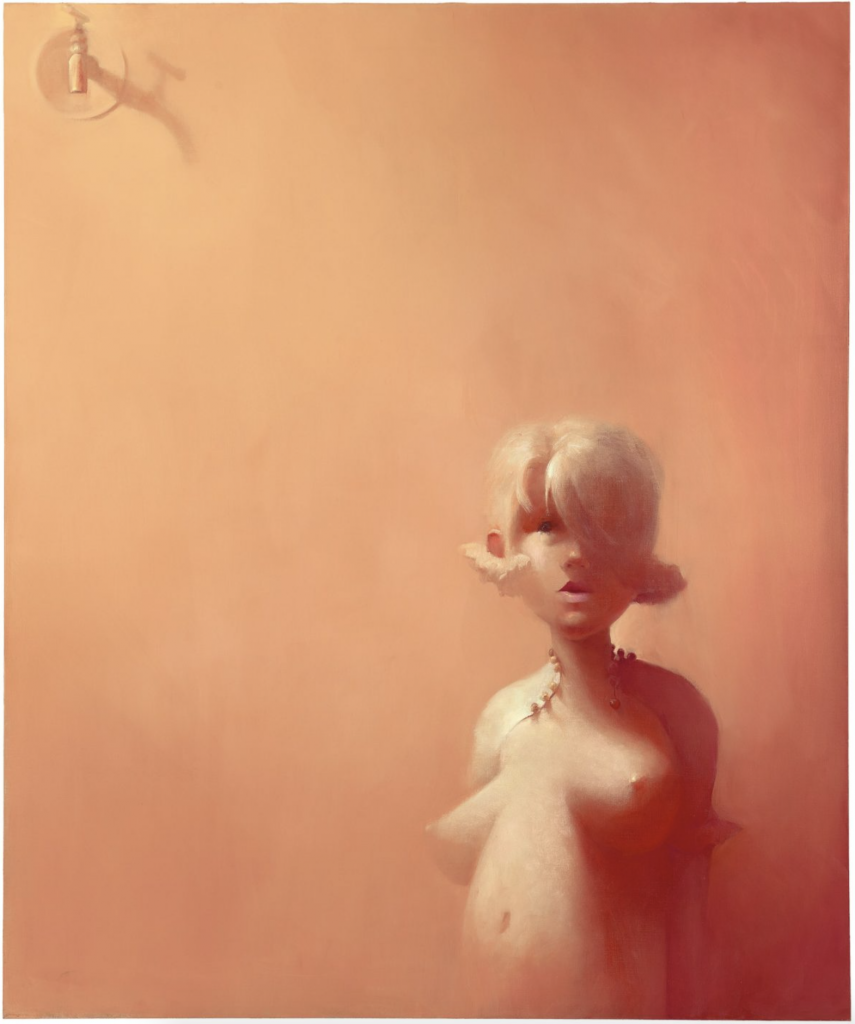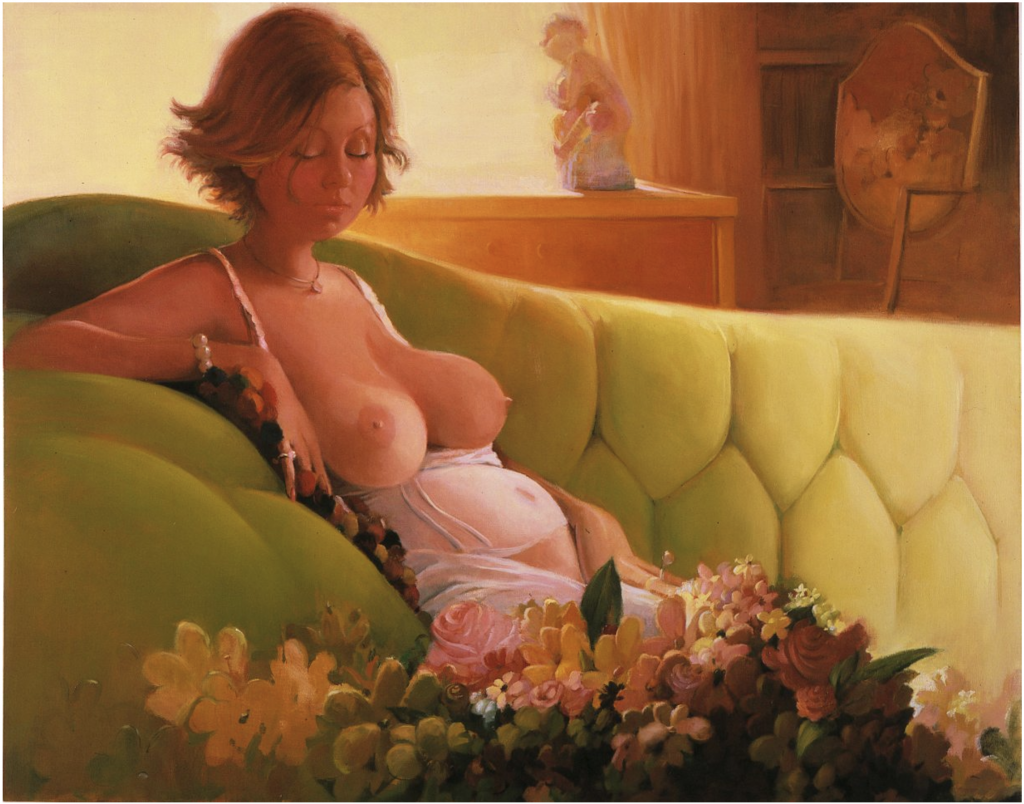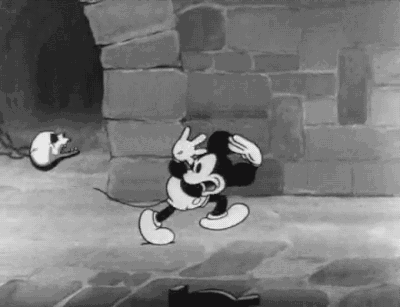Henry Wolf

Henry Wolf, a graphic designer and art director born in Vienna, Austria, in 1925, continues to amaze us even after his passing in 2005. Wolf was born into a Jewish Family and grew up fleeing from the Germans from Country to Country until 1941, when his family settled in the United States.
Before starting his photography studio in the Upper East Side of Manhattan, Wolf would work with photographers such as Richard Avedon, Melvin Sokolsky, and Art Kane. Later in 1952, Wolf would work as the Art Director for the magazine Esquire, kick-starting his career as his designs became more sophisticated and bold. Six successful years later, Wolf would follow in Alexey Brodovich’s footsteps and work as the Art Director for Harper’s Bazaar. While at Harper’s Bazaar, Wolf would work with the talented Richard Avedon and Man Ray. After Wolf worked for many organizations, companies, and magazines, in 1971, he finally opened Henry Wolf Productions, a studio dedicated to photographers, film makers, and designers that he continued to work on for the next three decades. I personally find Wolf’s work to be very interesting and captivating and I find inspiration in his style often.
Citations
Henry Wolf. 12 Aug. 2020, en.wikipedia.org/wiki/Henry_Wolf.
Biography by Milton Glaser March 1. “1976 AIGA Medalist: Henry Wolf.” AIGA, www.aiga.org/medalist-henrywolf.
“Pioneer: Henry Wolf.” Communication Arts, 7 Jan. 2007, www.commarts.com/features/pioneer-henry-wolf.














